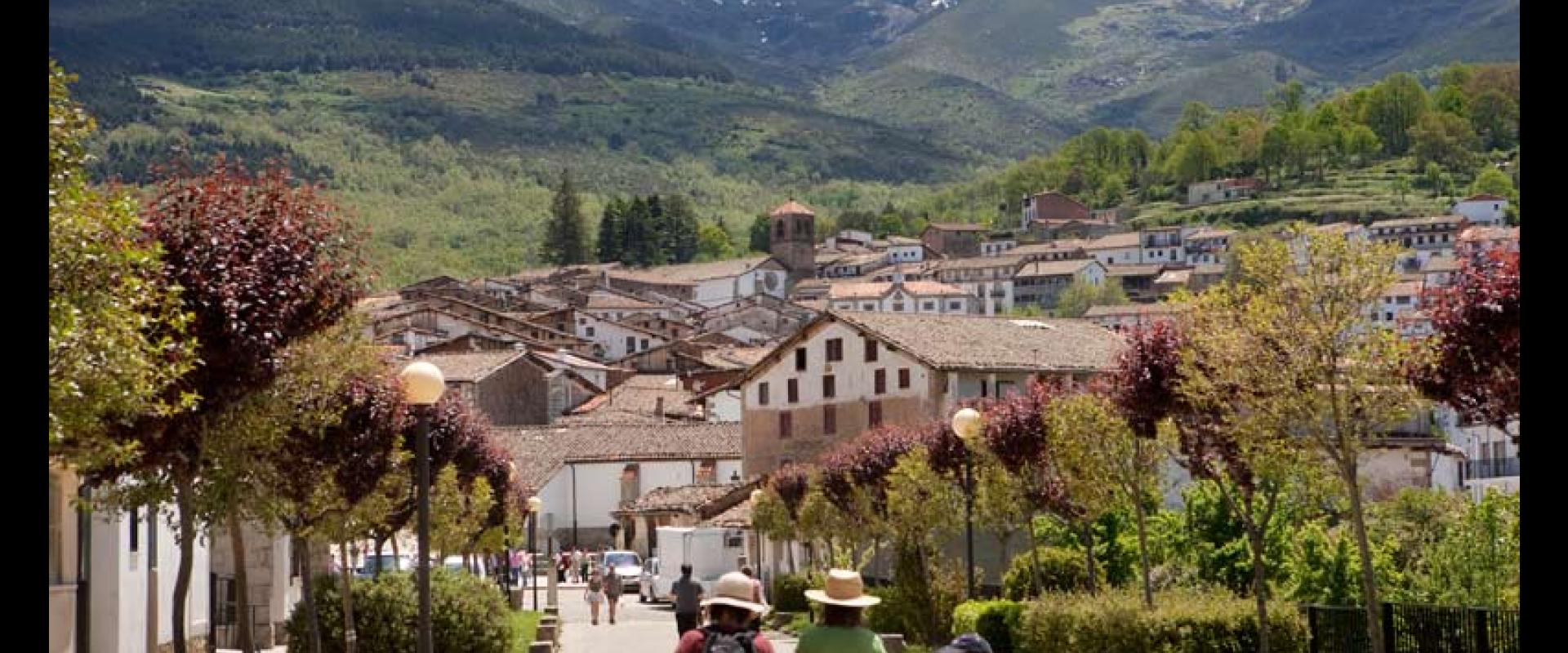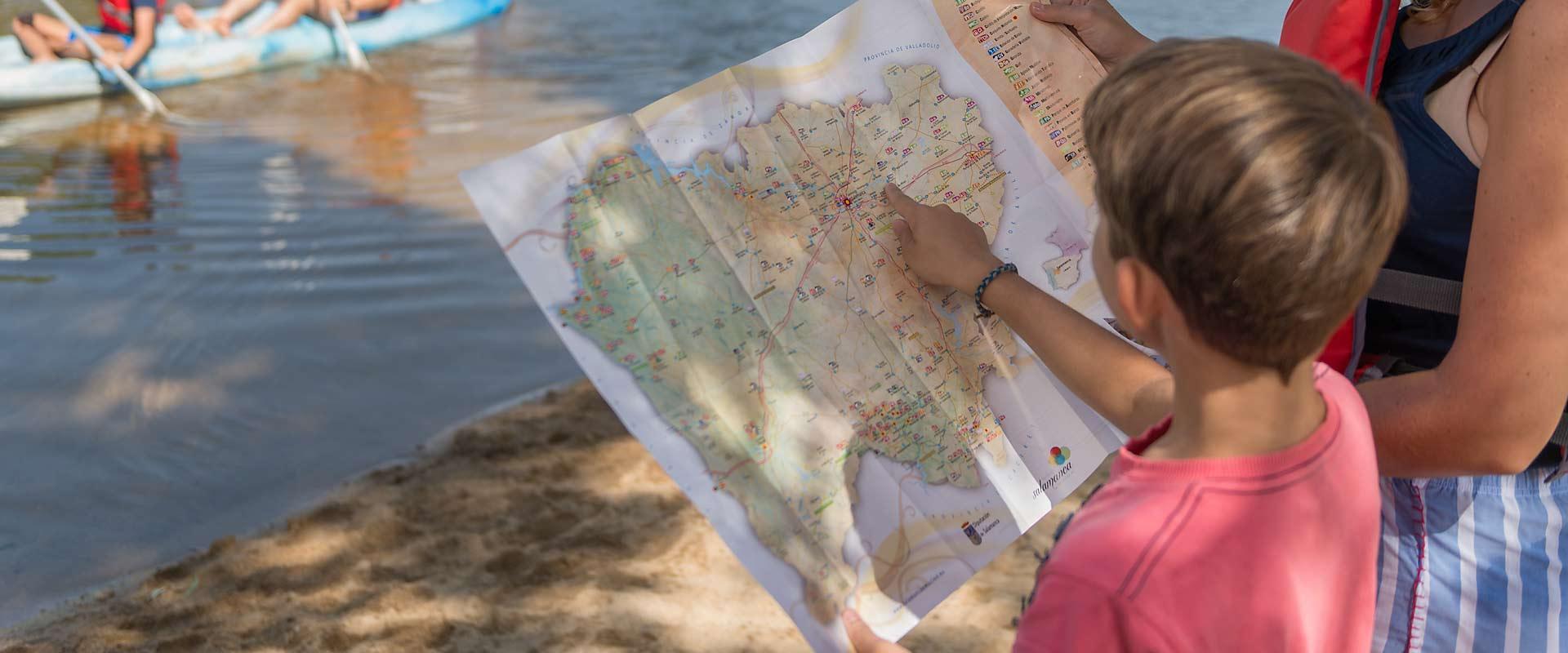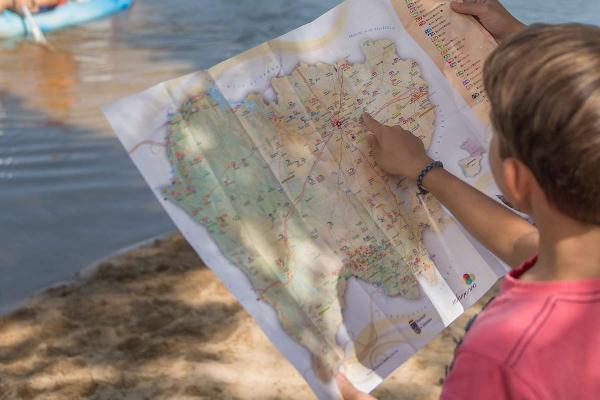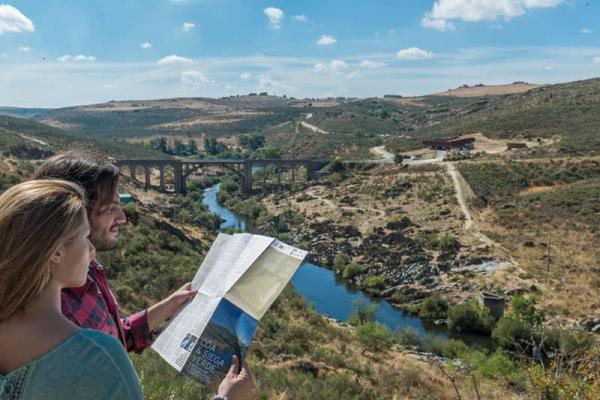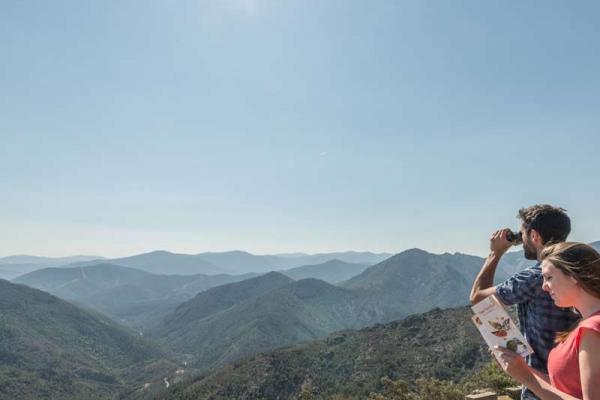About Salamanca
Situated in the southwest of the Comunidad Autonoma of Castile and Leon, the province of Salamanca offers a great landscape and environmental diversity all over its 12.350 m2 surface,
The central wide plains are interrupted in the south by several mountain ranges and in the north by the river Duero canyons. This offers a clear difference in the landscape elevation, which ranges between 130 metres altitude in Vega Terron river wharf and more than 2400 metres altitude in the snowy peaks of the Sierra de Bejar and Candelario, where the traces of old glaciations can still be seen.
Salamanca is rich in historic and cultural heritage, not surprisingly 15 villages and towns have been declared historical sites and the capital city itself is a World Heritage City. It has also five natural protected areas, with a surface of 210.282 hectares, such as the Natural Parks of Arribes del Duero and Las Batuecas – Sierra de Francia, the natural area of El Rebollar and Candelario and Las Quilamas mountains. Besides, the province has two areas which have been declared Biosphere Reserves (Sierras de Bejar and Francia and Arribes del Duero Natural Park).as well as eleven areas for the conservation of birds and thirteen sites of Community Importance.
The popular fiestas and customs, the delicious and varied gastronomy and the different entertainment possibilities are other attractions of the province. Some examples are the fiestas of Carnaval del Toro (Ciudad Rodrigo), Corpus Christi in Bejar and the fiesta of Nuestra Señora de la Asuncion in La Alberca, all of them declared of National Tourist Interest. The pig slaughter in Guijuelo; the Charrada in Ciudad Rodrigo, the Noveno celebration in San Felices de los Gallegos; the Corpus Christi in La Alberca, the typical traditional wedding in Candelario and the fiesta of Santa Teresa in Alba de Tormes, all of them considered to be of Regional Tourist Interest. The Semana Santa (Holy Week) of Salamanca has international prestige.
Salamanca has around 333.000 inhabitants; about 190.000 of whom live in some of its 362 rural villages and towns.
In these towns and villages, there is a bustling agricultural and farming activity, especially the cereal and legumes crop in the centre and east; the cow-calf, fighting bull and Iberian pig breeding is also an important activity in the meadows. As a result, the province has many designations of origin of renowned prestige, such as the Ham from Guijuelo and the wines from La Alberca and the Mountain of Salamanca. The province is also the place where you can taste other delicacies, such as the lentils from La Armuña and the Morucha meat, with Protected Geographical Identification. The Guarantee labels of the “charra” (from Salamanca) beef, the Ibericos from Salamanca and the cheese from Las Arribes are other delicacies of the varied and rich gastronomy of the province.
This innate vocation of being linked to the land is also expressed in the culture and way of life of the salmantinos (people from Salamanca), as well as in a calendar full of fairs and markets. This is also reflected in the fiestas and celebrations where the bull plays the main role, in tentaderos, encierros, tientas and bullfights.
Historical information
The human presence in the borders of the province of Salamanca moves backwards in time; this is clearly confirmed by the Paleolithic engravings of Siega Verde cave paintings site, between 10.000 and 20.000 years old, that has been declared World Heritage; and also by the set of prehistoric schematic paintings of El Valle de las Batuecas.
During the Iron Age, different tribes settled down in the north-west and built fortified settlements, such as Las Merchanas, Yecla de Yeltes or Saldeana. This is the Vettones area.
The Roman civilization dominated the Vettones and evidenced its abilities in the Via de la Plata. The Muslim presence left this area empty, although the coexistence of different cultures favoured the creation of the mudejar culture, whose traces can be seen particularly in the area of Peñaranda.
In the 12th century, the repopulation of Leoneses, Castilians, French,…left its traces in place names such as Sierra de Francia, or Ciudad Rodrigo. The territory was distributed around the lordship villas and royal lineage towns, with a military nature that can be observed in the walls and castles of Ledesma, Montemayor del Rio, Bejar or Miranda del Castañar. And new kingdoms were also created, such as Portugal, and new disputes arose, which were the origin of the Border Fortifications.
In the Middle Ages, aristocratic houses, huge churches or religious foundations were built in the main towns, for example Ciudad Rodrigo, Ledesma or Alba de Tormes. But, at the same time, these are times of European disputes. Salamanca played an important role in the Independence War, as it is evidenced in the historical siege of Los Arapiles Battle.
